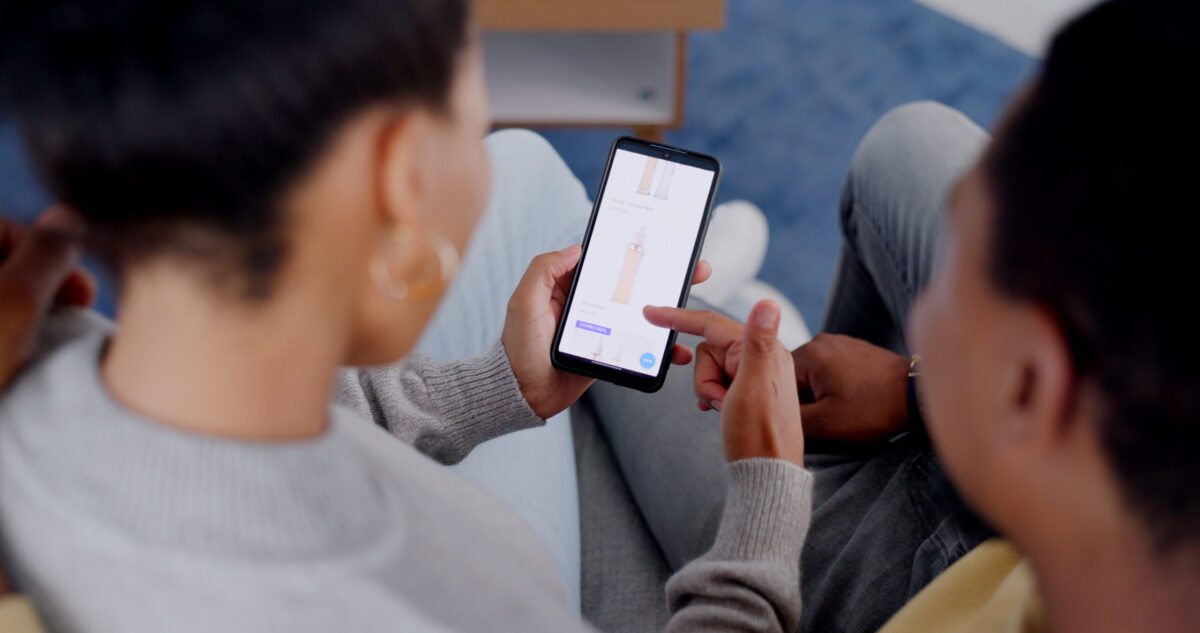Neurolens announced that their patented Contoured Prism technology can be used to improve reading speed in individuals. Neurolenses are the first prescription lenses that improve visual comfort in 65 percent of US adults who experience typical symptoms associated with reading and using screens.
Our modern lifestyle often requires us to use electronic devices like smartphones and laptops for several hours daily. Due to the COVID-19 pandemic and the resultant shift to remote work and learning, the time people spend looking at these devices has dramatically increased. On average, people in the United States spend between eight to 12 hours a day using phones, tablets, or computers.
This increased screen time is not without consequences — digital vision syndrome is a direct result of the headaches, eye strain and tired eyes caused by countless hours scrolling or reading a screen. Screens increase the demand on our eyes’ accommodative and vergence mechanisms that keep our visual percept clear and single.
The stress placed on our eyes can eventually affect our productivity at work, such as taking longer to read documents, for example. Correcting eye misalignments or vision disparity can improve near vision, which is used to complete such tasks.
There is new evidence suggesting that corrective lens technology can be expanded to people looking to improve visual performance and productivity.
In a press release last week, Neurolens announced that their patented Contoured Prism technology can be used to improve reading speed in individuals. Neurolenses are the first prescription lenses that improve visual comfort in 65 percent of US adults who experience typical symptoms associated with reading and using screens, including headaches, neck, or shoulder pain. These lenses help eyes work together by aligning them to relieve eye strain.
XTALKS WEBINAR: Community is The New Network: Developing Clinical Trial Site Relationships in Ophthalmic Research
Live and On-Demand: Thursday, September 1, 2022, at 11am EDT (4pm BST/UK)
Register for this free webinar to learn about the value of holistic site partnerships and integrated patient solutions, and how they consistently keep ophthalmic research projects on time and within budget.
Examining the Effect of Neurolenses on Reading Speed
To evaluate how effective Neurolens glasses are for improving reading speed, a double masked, parallel-arm study was conducted to evaluate reading speed. Two groups of thirty young adults were randomly assigned either Neurolenses for the treatment group, or premium single vision lenses for the control group. In both groups, the lenses were adjusted to the prescription provided by a practitioner for the subject’s best corrected vision.
Baseline reading speeds were assessed in both groups with the Wilkins Rate of Reading Test. All individuals wore their lenses for seven (± two) days, and then reading speeds were re-assessed after this wear-in period. The investigators calculated the total number of words read correctly per minute by individuals.
After seven days of wearing the Neurolenses, the mean improvement in reading speed was approximately 70 percent higher than the mean improvement in reading speed in the premium lens wearers. The Neurolens wearers improved by an increase of 20.96 words per minute, while the improvement for the control group was 12.39 words per minute. ANOVA statistical analysis revealed this to be a statistically significant improvement in the Neurolens group (p=0.03).
Pierre Bertrand, CEO of Neurolens, states that “these new results have exciting implications for the impact the vision industry can have on productivity, comprehension and learning.”












Join or login to leave a comment
JOIN LOGIN